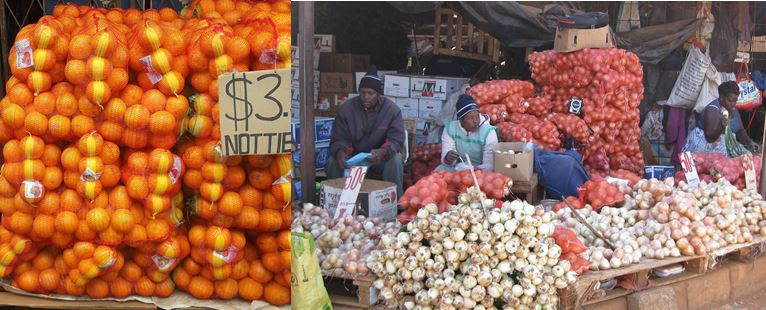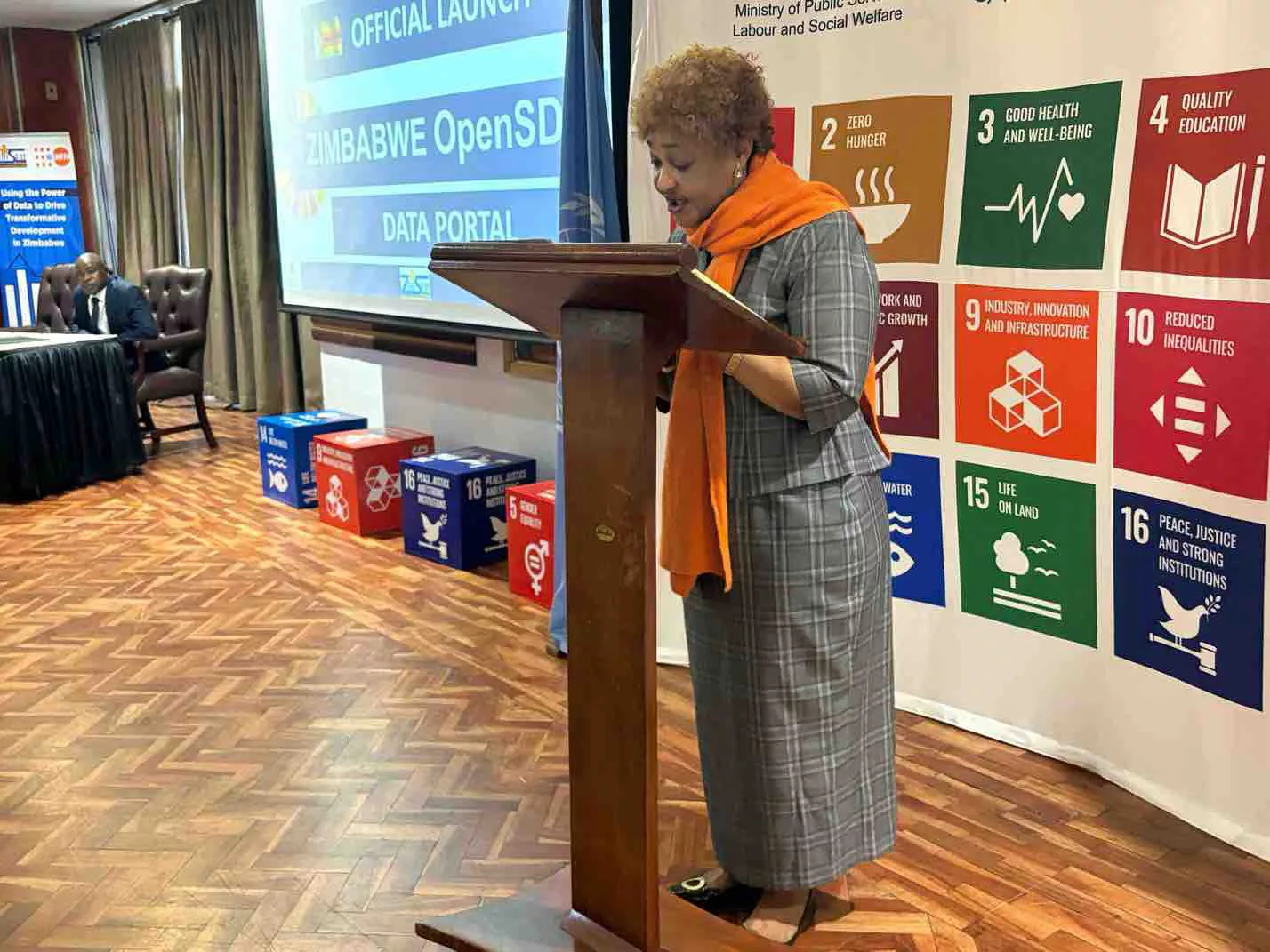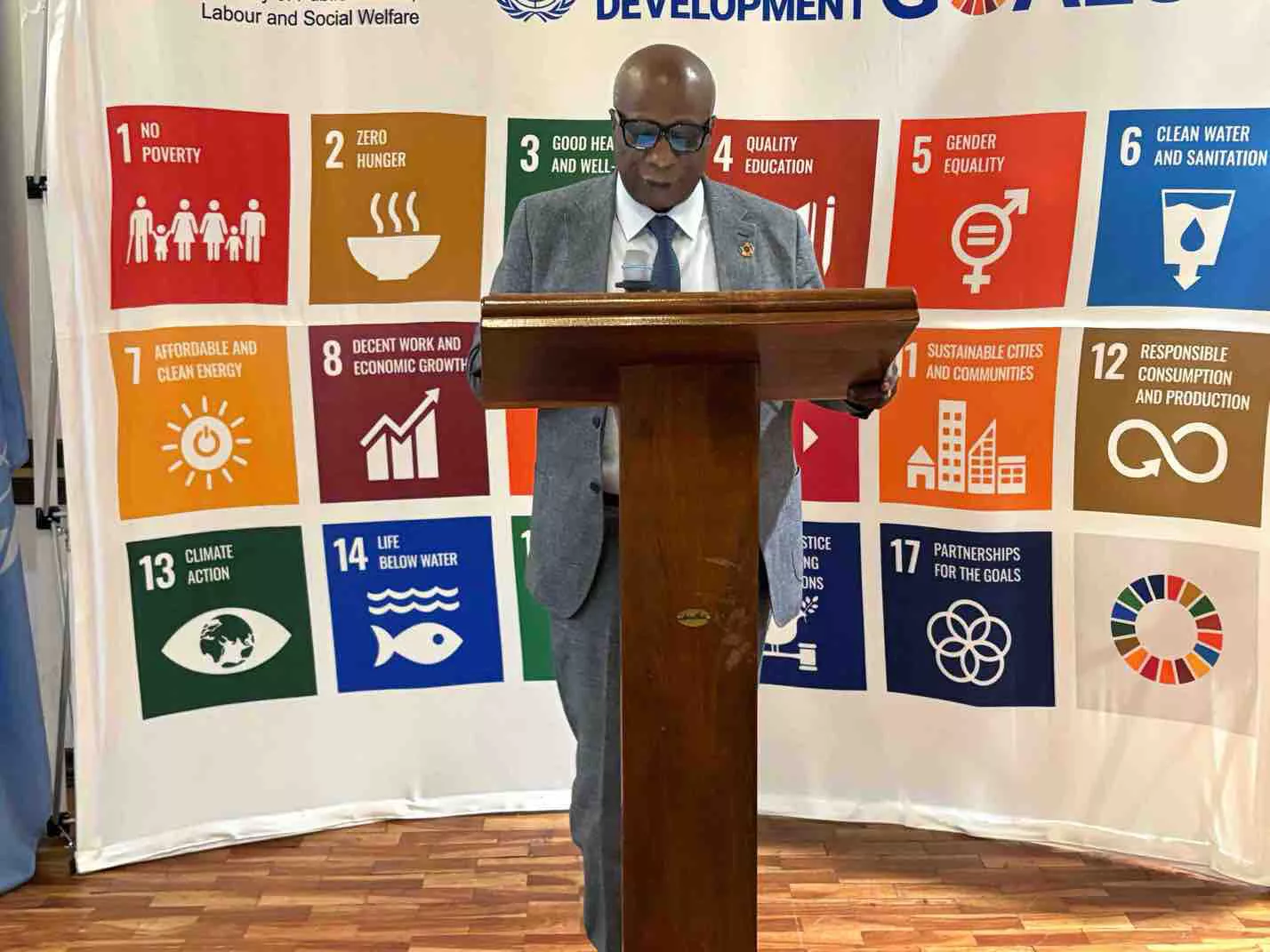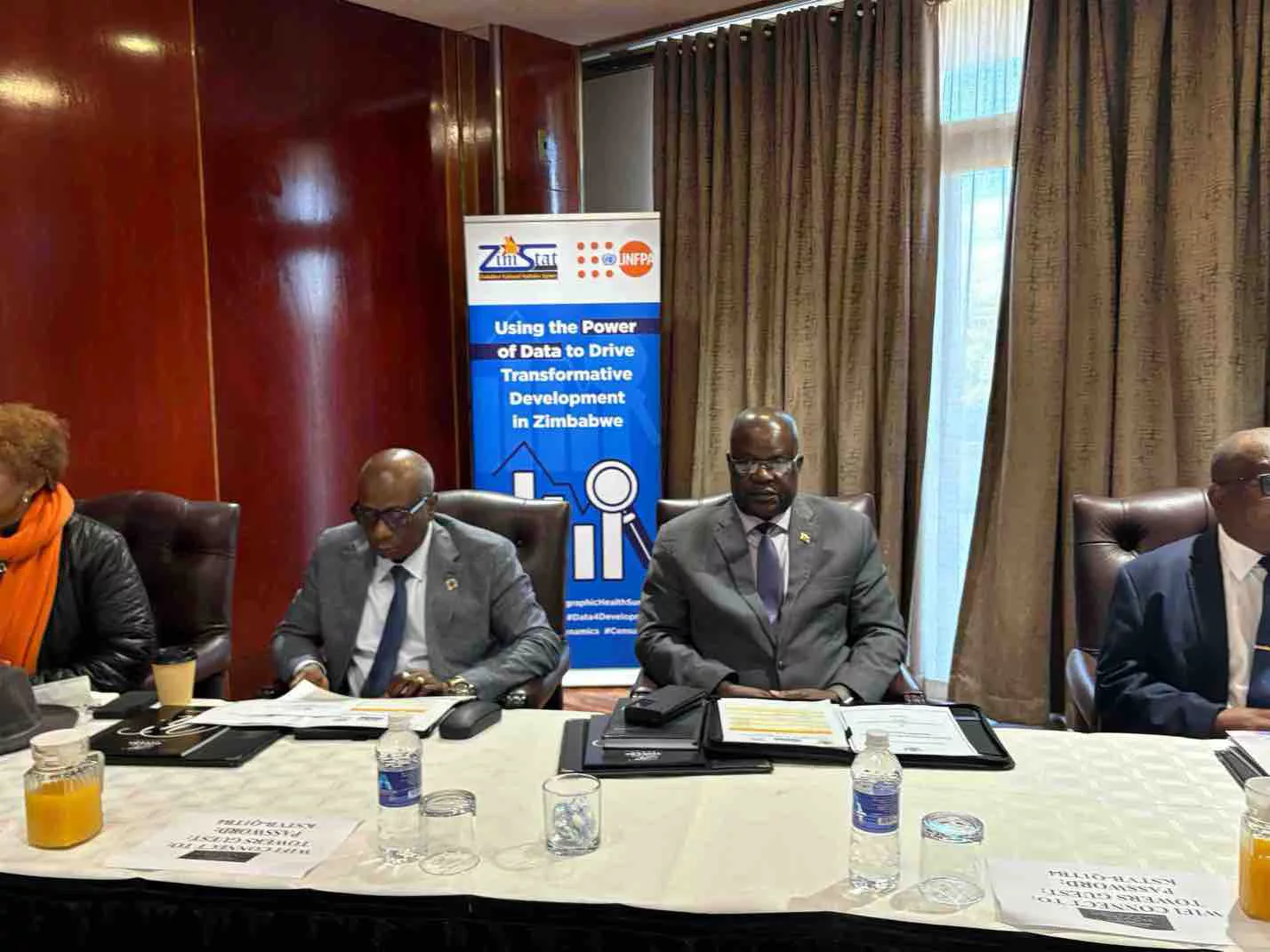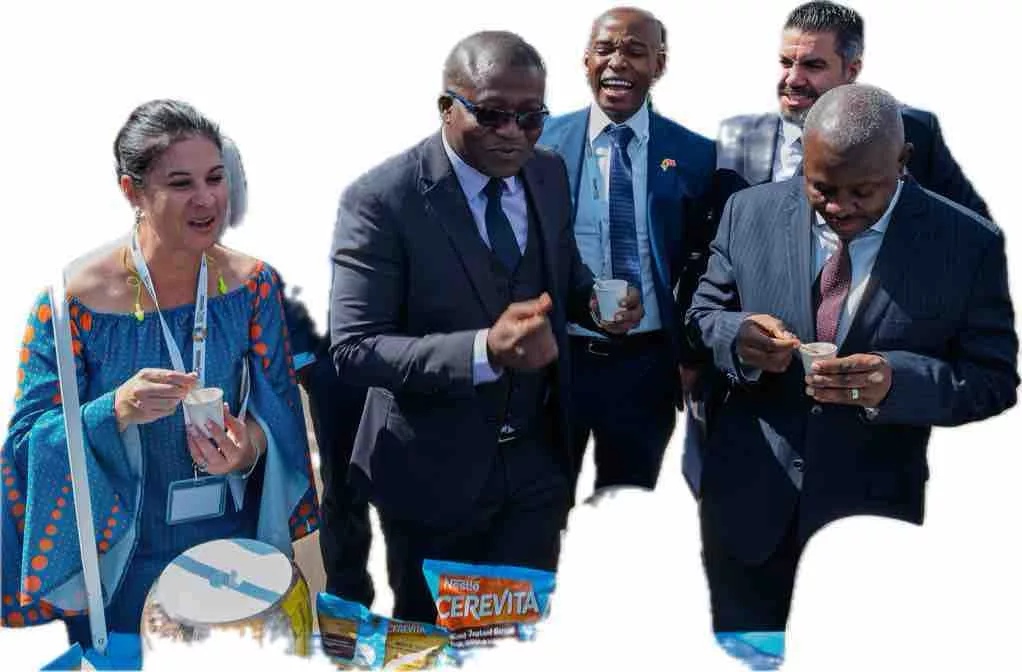By Charles Dhewa
In addition to disrupting food supply chains, COVID-19 has presented a pricing headache for smallholder farmers in African countries. If government directs supermarkets to revert back to pre-COVID19 prices they can easily do so because they have a tradition of keeping records on stocks and prices.

On the other hand, mass markets will not be able to do the same because there is no institution responsible for keeping records and tracking prices. Neither can local authorities like municipalities provide such records because their main mandate is collecting revenue through providing trading space without bothering to collect commodity prices.
Worsening an already bad situation
PreCOVID-19, fluid interaction between supply and demand in mass food markets at scale assisted farmers and all value chain players in setting prices. For instance the demand side was made up of specific urban populations which guaranteed uptake for huge volumes of commodities from smallholder farmers. In fact there was a neat match between demand and supply. However, following lockdown induced by COVID-19 commodities from farmers started flowing to cities through middlemen since the majority of farmers have been restricted from coming to the market in huge numbers.
This scenario has destroyed the previous playing field where demand and supply used to meet in ways that determined prices fairly. Where some farmers try to price their commodities when selling locally, it is difficult unless they are aware of prices in other areas they are competing with in producing the same commodity. Due to the lockdowns, food supply chains are being controlled by opportunists who are determining prices that can be given to farmers desperate to get rid of perishable commodities and prices that consumers desperate for food have to pay. Consequently, there is a big difference between the selling price and the buying price. While farmers are getting very little for their commodities, consumers are enduring very high prices. Opportunists are the ones reaping abnormal profits. These challenges can be addressed if African countries build robust food supply chains in which every actor’s role is clearly defined.
A case for contextualizing costing in the agriculture sector
Agricultural extension methods in Africa are yet to design dynamic costing models taking into account all commodities produced by smallholder farmers in diverse production zones, especially for informal farming systems and their ecosystems like informal markets. Costing is still based on formal farming systems informed by inputs like fuel, chemical fertilizers, herbicides, cost of water as determined by ZINWA, gazetted labor costs based on representations by National Employment Councils and General Agricultural and Plantation Workers Union of Zimbabwe (GAPWUZ) or their equivalent in other countries.
There are still no formulas that take into account major production cost components for smallholder farmers and informal markets. For instance, the majority of smallholder farmers still depend on natural resources and their own resources for producing commodities. Such resources whose costs have not been calculated by extension agents include communal land, livestock manure, rainfall, family labor or Nhimbe, retained seed, draught power and many others. Farmers still struggle to convert most of these inputs into monetary value for easier costing.
It is a huge anomaly for African economies not to have costing models for smallholder farmers and informal markets in which the majority trade. That is why most smallholder farmers have remained price takers for decades. Usually when farmers sell their commodities, their pricing is based on the gravity of challenges they wish to solve not how much has been invested in agriculture production. A typical question in the smallholder farmer’s mind is: “How many bags of groundnuts or maize can I sell to meet school fess worth $1000?” In this case, selling commodities is not related to farming as a business but solving external needs like school fees, meeting basic needs like sugar, cooking oil or travelling a long distance to attend a funeral. Any surplus income from trading commodities is by chance.
Closing a huge knowledge gap
Lack of statistics from the mass markets is a big knowledge gap that every African country should strive to close. By not collecting statistics from the expanding Micro, Small and Medium Enterprises sector of which mass markets are a key component, African countries are under-valuing their economies and piling pressure on the fiscus to provide social safety nets. The best brains in African economies have remained concentrated on the production side, for example agronomists, equipment engineers and economists, among others. Conversely the market and commodity handling side has been left to illiterate and semi-illiterate traders whose interest is mainly to maximize profit.
Such traders can only deal with food and markets to the extent their knowledge allows them to do so. Given the knowledge-intensive nature of food and markets, most traders cannot be expected to come up with solutions beyond their levels of knowledge and expertise. For instance, trader may not see anything wrong in selling all commodities using sacks, wooden crates and baskets yet that is a major avenue through which farmers lose income.


